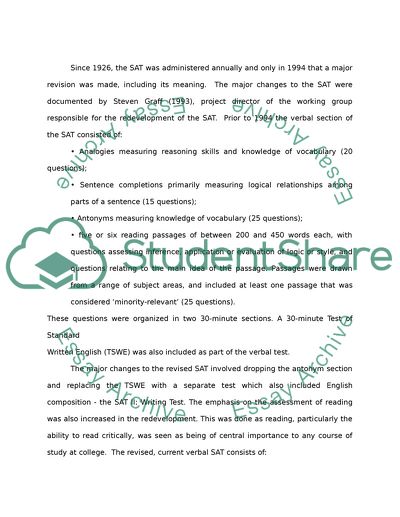Cite this document
(“Performance of the USA in the Scholastic Assessment Test Research Paper”, n.d.)
Performance of the USA in the Scholastic Assessment Test Research Paper. Retrieved from https://studentshare.org/education/1750513-statistical-growth-on-the-population-of-california
Performance of the USA in the Scholastic Assessment Test Research Paper. Retrieved from https://studentshare.org/education/1750513-statistical-growth-on-the-population-of-california
(Performance of the USA in the Scholastic Assessment Test Research Paper)
Performance of the USA in the Scholastic Assessment Test Research Paper. https://studentshare.org/education/1750513-statistical-growth-on-the-population-of-california.
Performance of the USA in the Scholastic Assessment Test Research Paper. https://studentshare.org/education/1750513-statistical-growth-on-the-population-of-california.
“Performance of the USA in the Scholastic Assessment Test Research Paper”, n.d. https://studentshare.org/education/1750513-statistical-growth-on-the-population-of-california.


